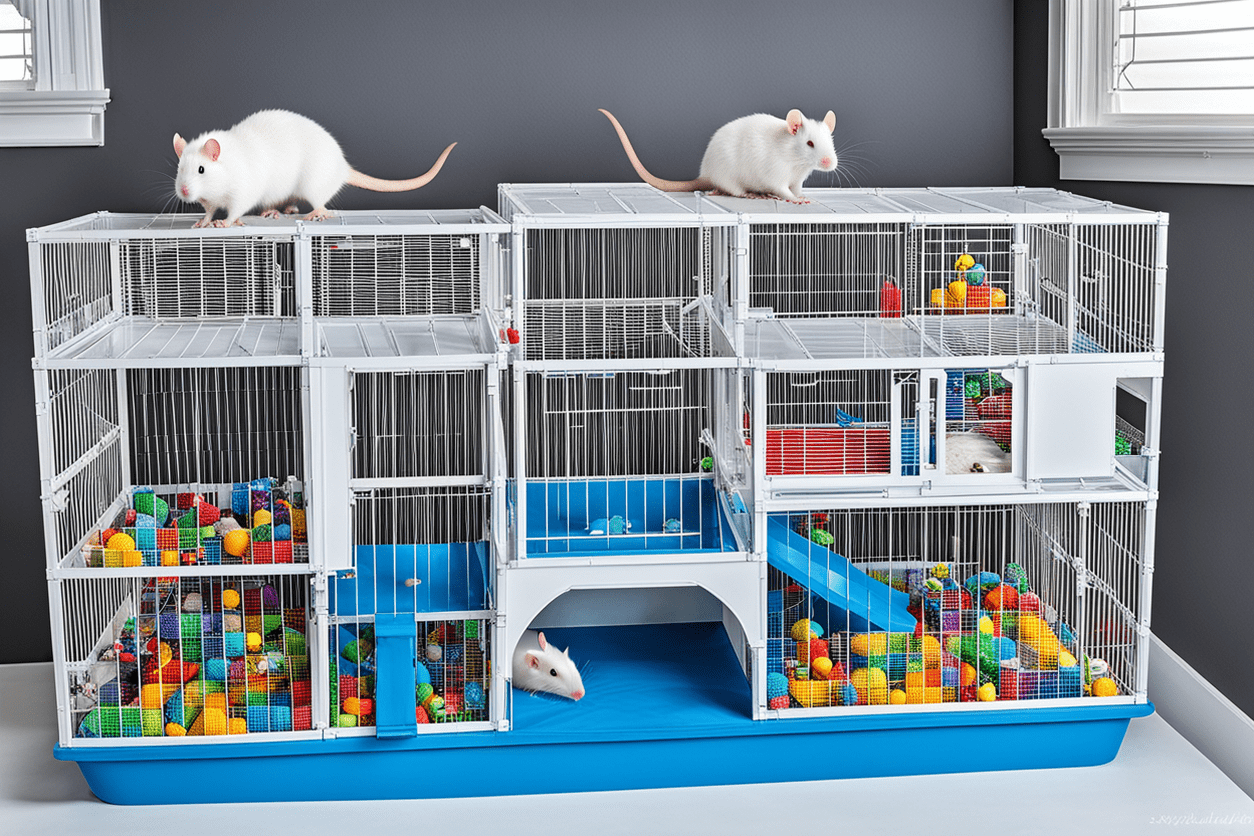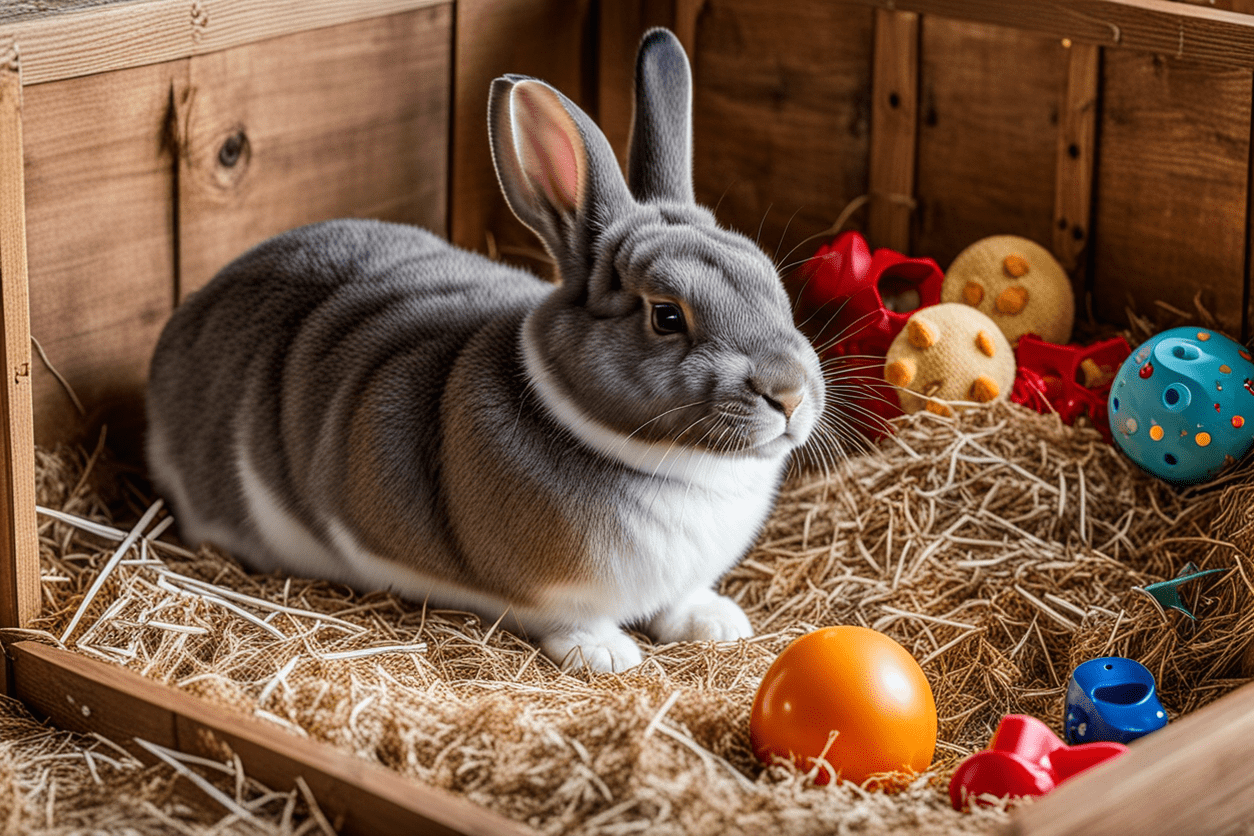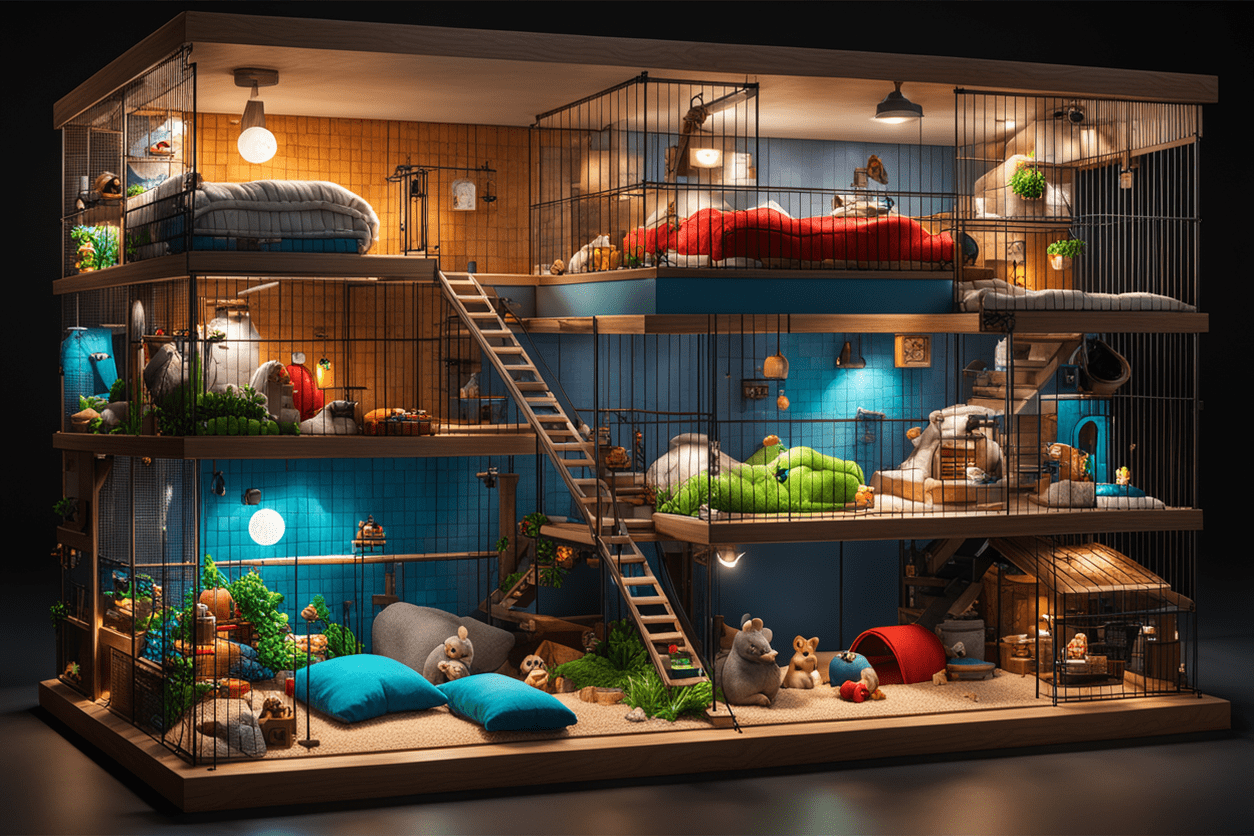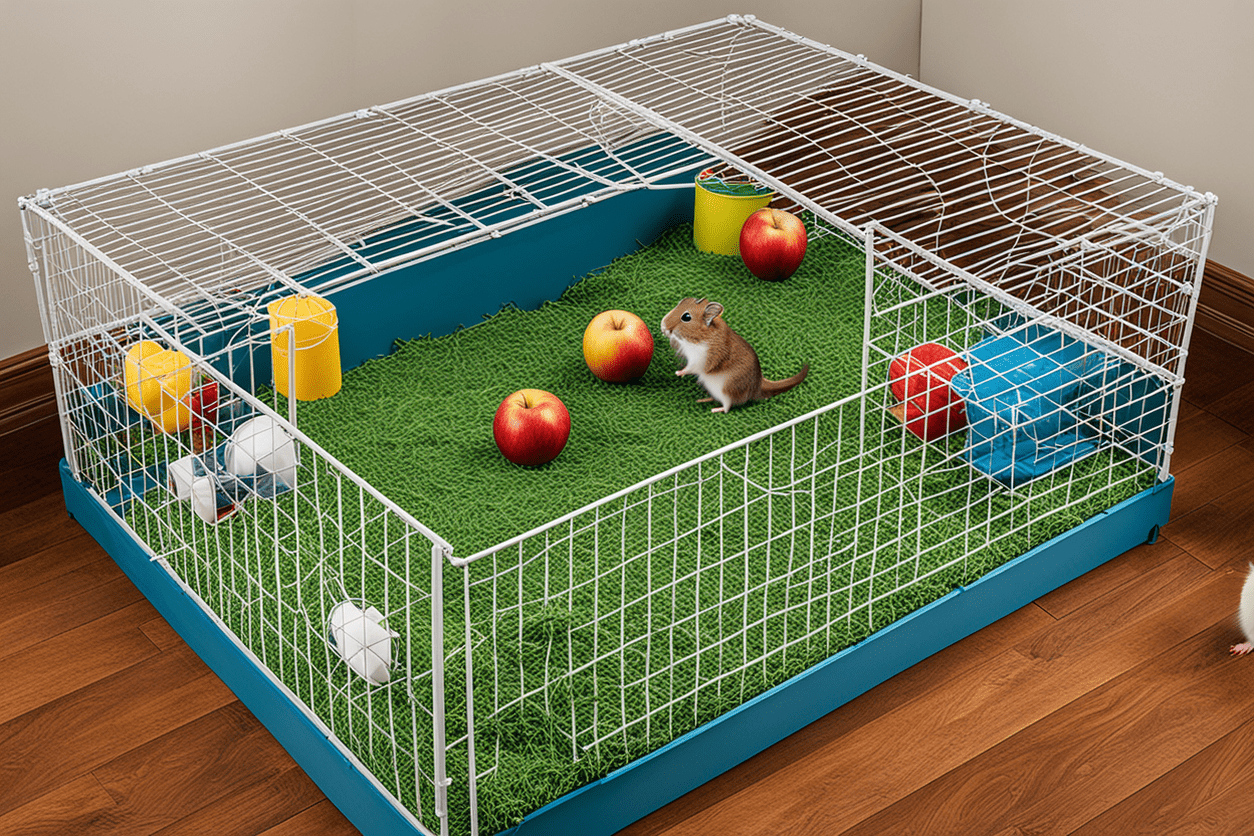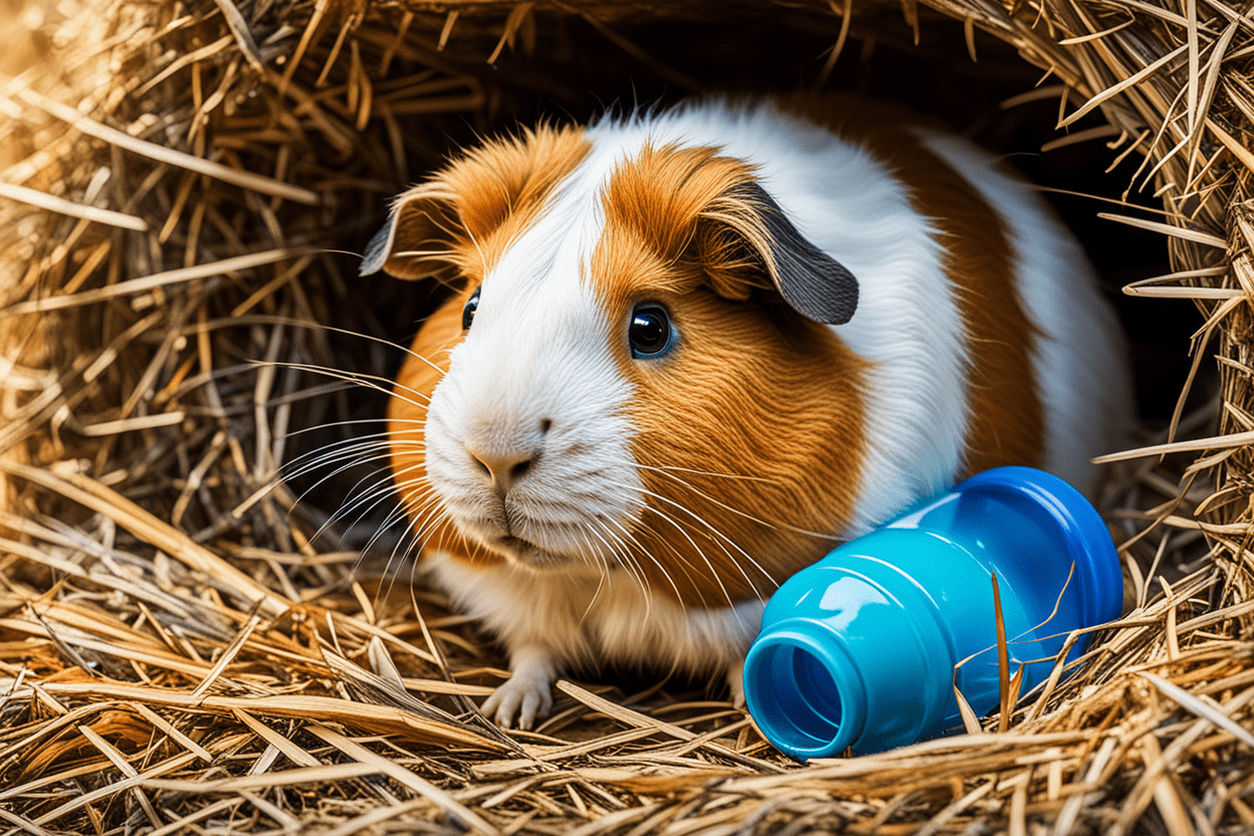Choosing the Right Cat Litter: A Comprehensive Buyer's Guide
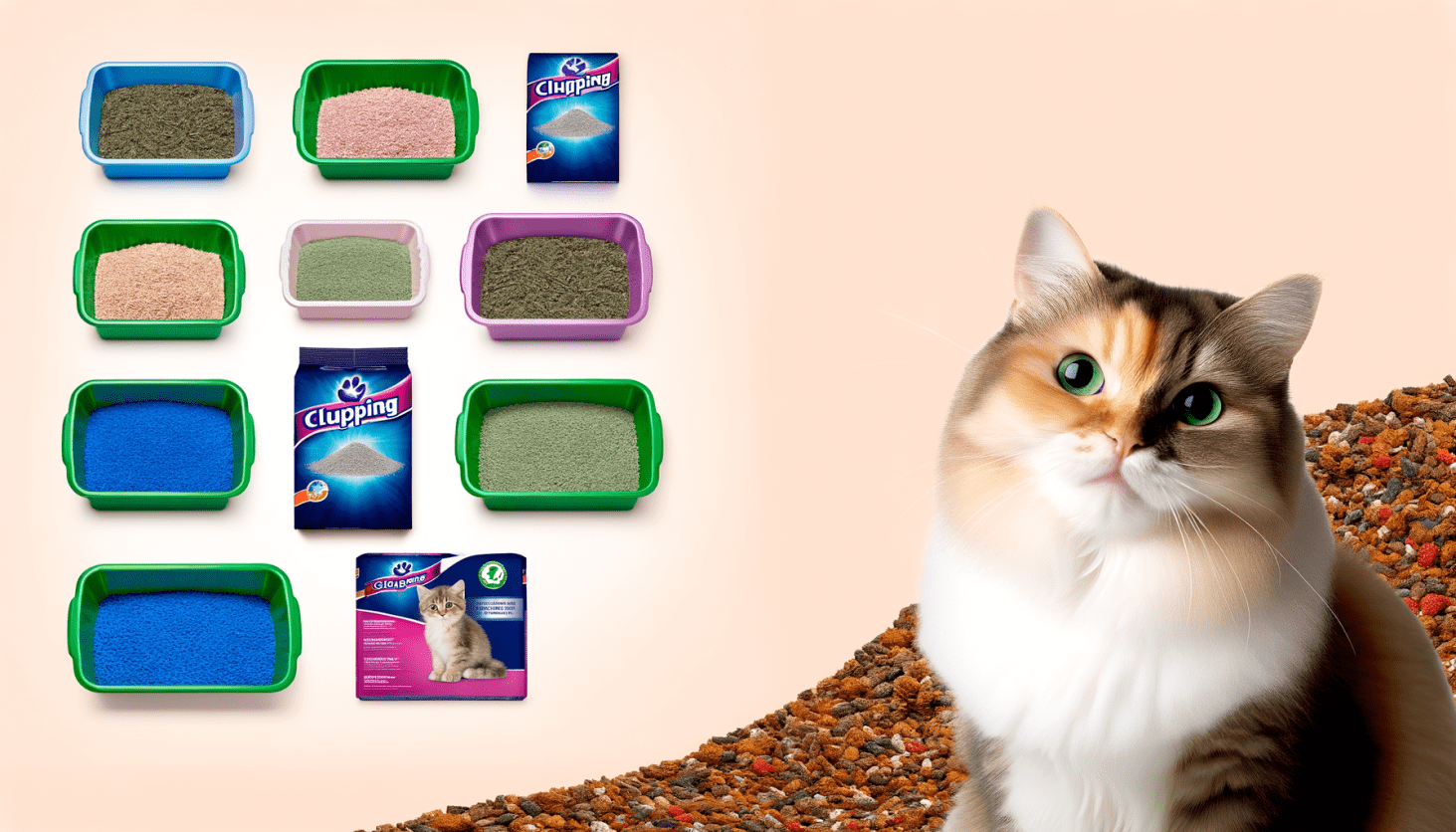
Introduction
Selecting the ideal cat litter is a crucial decision for cat owners looking to provide their feline friends with a comfortable and clean environment. With the myriad of options available in the market, ranging from clumping to non-clumping, scented to unscented, and natural to synthetic, it can be quite overwhelming. This comprehensive guide will navigate you through the various types of cat litter, key considerations, and expert tips to help you make an informed choice.
Types of Cat Litter
1. Clumping Cat Litter
Composition: Typically made from bentonite clay, known for its ability to form solid clumps when wet.
Benefits:
- Easier to clean: Clumps can be scooped out, leaving the rest of the litter clean.
- Odor control: Traps moisture and odors effectively.
- Long-lasting: Requires less frequent changes compared to non-clumping litter.
Drawbacks:
- Dust: Can be dusty, potentially irritating to cats or individuals with respiratory issues.
- Weight: Heavier compared to other types, making it more cumbersome to handle.
2. Non-Clumping Cat Litter
Composition: Often made from clay (non-bentonite), recycled paper, wood, or corn.
Benefits:
- Less dust: Generally produces less dust, beneficial for sensitive cats.
- Lightweight: Easier to handle and dispose of.
Drawbacks:
- Odor control: Can become saturated quickly, leading to unpleasant odors.
- More frequent changes: Needs to be replaced more often.
3. Silica Gel Cat Litter
Composition: Made from silica dioxide, resembling small crystal granules.
Benefits:
- Superior odor control: Absorbs moisture and odors effectively.
- Low dust: Minimal dust production.
- Long-lasting: Requires less frequent changes.
Drawbacks:
- Cost: More expensive compared to traditional clay litters.
- Environmental impact: Silica is not biodegradable.
4. Natural/Organic Cat Litter
Composition: Made from natural materials like corn, wheat, pine, or recycled paper.
Benefits:
- Environmentally friendly: Biodegradable and often compostable.
- Healthier for cats: Low dust and free from harmful chemicals.
- Lightweight: Easier to handle.
Drawbacks:
- Odor control: May not be as effective as clay or silica gel litters.
- Availability: May be less readily available and more expensive.
Factors to Consider
1. Odor Control
Odor control is a primary concern for cat owners. Clumping clay litter is often praised for its superior odor control, but silica gel and some natural litters can also be highly effective. Consider litters with added baking soda or activated charcoal for enhanced odor control.
2. Dust Production
Dust from cat litter can be a health concern for both cats and owners. For households with respiratory issues, opting for low-dust options like silica gel, recycled paper, or certain natural litters can be beneficial.
3. Absorbency
Highly absorbent litters reduce the frequency of complete litter box changes. Clumping litters tend to offer excellent absorbency by forming solid clumps when wet, while silica gel litters effectively trap moisture in crystals.
4. Ease of Cleaning
Ease of cleaning often ties back to litter clumping ability. Clumping litter is generally easier to scoop and maintain, whereas non-clumping and some natural litters might require more frequent full changes.
5. Scented vs. Unscented
Scented litters can mask odors, but some cats (and people) may be sensitive to artificial fragrances. Natural, unscented options might be preferable for those with allergies or sensitivities.
6. Environmental Impact
For eco-conscious cat owners, choosing biodegradable and compostable litters made from renewable resources is a priority. Natural litters (corn, wheat, pine) are more sustainable compared to clay or silica gel options.
7. Price
Cost plays a significant role. Clumping clay and silica gel litters are usually more expensive but may require less frequent changes, potentially balancing out the cost. Natural litters vary in price based on their source and brand.
Expert Tips for Selecting the Right Cat Litter
- Introduce New Litters Gradually: Cats can be sensitive to changes. Mix the new litter with the old one gradually over a week to allow your cat to adjust.
- Maintain Cleanliness: Regardless of the litter type, maintaining a clean litter box by scooping daily and changing the litter according to the manufacturer's recommendations is crucial.
- Consider Multiple Cats: If you have several cats, look for litters designed for multi-cat households with enhanced odor control and absorbency.
- Allergies and Sensitivities: If your cat develops allergies or sensitivities, such as excessive sneezing, choose dust-free and unscented options.
- Test Different Litters: Cats can have varying preferences. Testing different types of litter can help you find the one your cat prefers.
- Size and Shape of Litter Granules: The size and shape of the granules can affect your cat's comfort. Fine granules are often preferred by cats, but larger granules can reduce tracking.
Conclusion
Choosing the right cat litter is essential for maintaining a clean, odor-free home and keeping your feline friend comfortable. By understanding the types of cat litter available and considering factors such as odor control, dust production, absorbency, ease of cleaning, scent preference, environmental impact, and price, you can make an informed decision. Remember to introduce new litters gradually and monitor your cat's preferences and health to ensure the best experience for both you and your beloved pet. With the right cat litter, you'll create a healthy and happy environment for your cat to thrive in.

